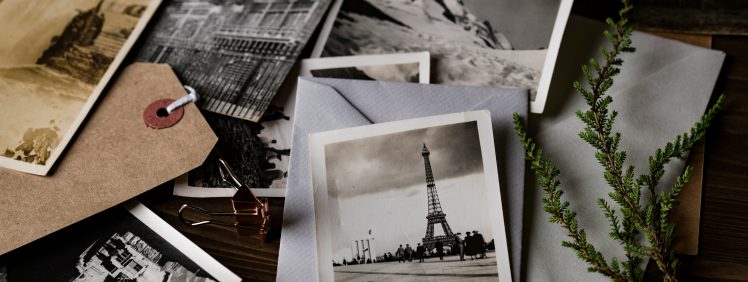Introduction
In the world of literature, the power of visuals should not be underestimated. Whether you’re working on a novel, memoir, or non-fiction piece, well-prepared images can enhance the reader’s experience and leave a lasting impression. In this blog, we’ll explore the essential steps to ensure your images are not only visually appealing but also seamlessly integrated into your book.
Choose Images Thoughtfully
The first step in preparing images for your book is to carefully select visuals that complement your narrative. Whether it’s illustrations, photographs, or charts, each image should serve a purpose and contribute to the overall storytelling. Consider the tone of your book and ensure that the chosen images align with its themes.
Optimize Image Resolution
High-resolution images are crucial for print publications. Ensure that your selected images meet the resolution requirements for professional printing. Low-resolution images may appear pixelated or blurry in print, detracting from the overall quality of your book. Aim for images with a minimum resolution of 300 dots per inch (DPI) to guarantee sharp and clear reproductions.
Format Images Appropriately
Different types of images require different formatting. For photographs, consider using common formats like JPEG or PNG, while illustrations and graphics may benefit from vector formats like SVG or EPS for scalability. Keep in mind the specifications provided by your printer or publishing platform to ensure compatibility.
Maintain Consistent Styling
Consistency is key when incorporating images into your book. Establish a consistent styling approach for captions, image borders, and placements. This not only enhances the visual appeal of your book but also creates a cohesive reading experience. Consistent styling lends a professional touch to your work.
Check Image Licensing and Copyright
Before using any image, it’s crucial to verify its licensing and copyright status. Ensure you have the right to use and reproduce the images in your book, especially if you’re planning to publish commercially. Many online platforms offer royalty-free or licensed images for commercial use, but it’s essential to read and understand the terms of use.
Collaborate with a Professional Designer
If you’re not confident in your design skills, consider collaborating with a professional book designer. A skilled designer can help you layout images effectively, maintain a visually pleasing aesthetic, and ensure your book meets industry standards. Their expertise can make a significant difference in the overall visual impact of your book.
Conclusion
Incorporating images into your book is an art form that requires attention to detail and a commitment to enhancing the reader’s experience. By choosing, optimizing, and formatting images thoughtfully, you can create a visual tapestry that complements and enriches your written words. Remember, a well-prepared image is not just a visual element; it’s a powerful storyteller in its own right. Happy crafting!
Photo by Joanna Kosinska on Unsplash

